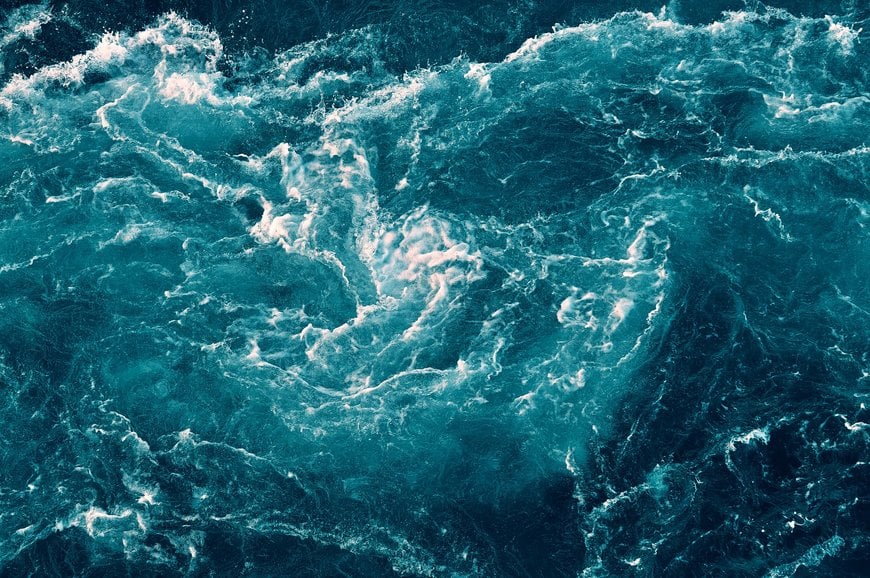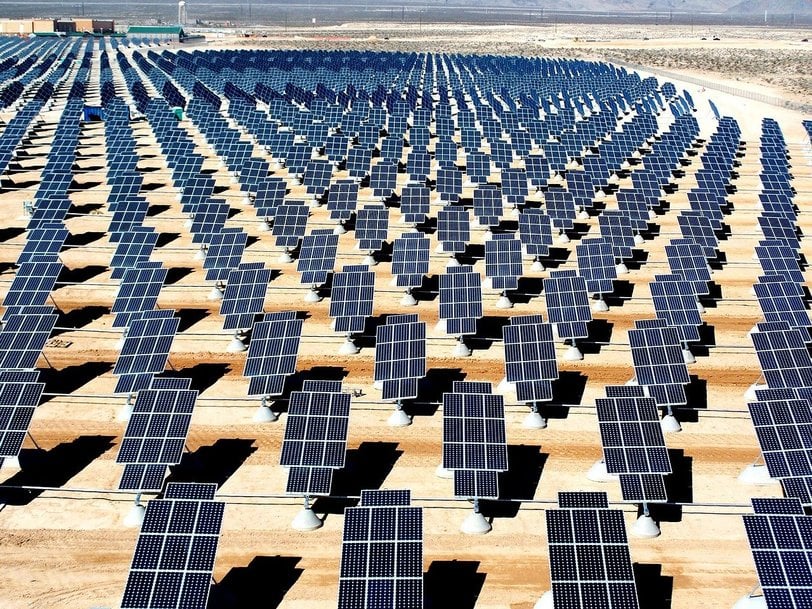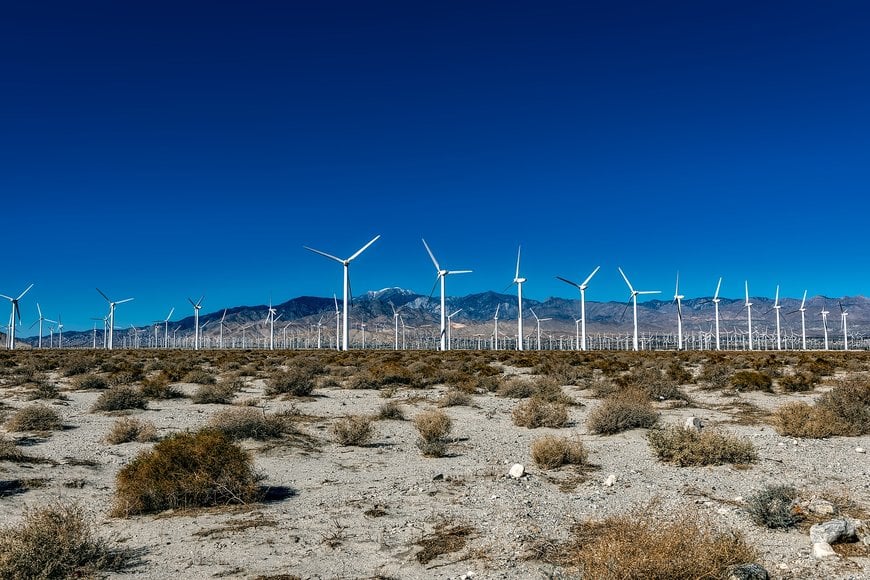electronics-journal.com
05
'21
Written on Modified on
From Where is Our Power Going to Come?
We know that the resources of these fossil fuels are finite and, more importantly, that burning them releases greenhouse gases that are a significant part of the climate crisis we face today. Other pollutants are released too, including the particulate matter which constitutes a considerable threat to health, particularly in developing nations.

Phasing Out Fossil
There is widespread agreement that we need to reduce our reliance on fossil fuels, to tackle the environmental and energy supply challenges they impose. However, electricity demand is on the rise. The demand from developed economies increases as the trends for digitalisation and electrification continue.
Coupled with the rising industrial output and living standards in developing areas, the forecast predicts an increase to add another 10TWh to world demand by 2040.
Renewable sources give us hope of a cleaner and more sustainable future. To do this, renewable sources must not only replace a large proportion of conventionally generated electricity as fossil sources are retired, but must also provide the extra energy that is needed. Currently, all renewables, including hydro, wind, and solar, provide us with about 8 TWh. That’s already more than enough to satisfy the entire global residential electricity consumption, although the industrial and services sectors together consume 16 TWh. The IEA predicts renewable generation should rise more than three-fold by 2040, to 26TWh.

New Energy Paradigm
Between now and then, a significant change in the way we generate electricity must take place. The nature of renewable sources – weather-dependent, unpredictable and dependent on various geographical factors – means that distribution infrastructures, also, must change significantly.
Challenges and Solutions
Changes are already underway, and the solutions we must embrace to overcome some of the challenges that are inherent in the move are becoming more evident. This series of six blogs will consider the challenges involved with capturing wind, solar, and tidal energy to produce high-quality, usable electricity that can be delivered safely to homes and industries through a balanced and stable grid.
The physics of photovoltaic (PV) cells, and the aerodynamics of wind turbines, each limit the initial energy-harvesting efficiency to less than 50%. With this in mind, it’s vital that the subsequent electrical power conditioning incurs as little waste as possible. Efficient converter and inverter topologies and emerging silicon carbide and gallium nitride wide-bandgap semiconductor technologies are at the forefront of this effort. These advanced power semiconductors significantly reduce the energy dissipated by each component in the circuit. Savings are compounded in designs featuring fewer active components that can handle the same load.

New Architectures and Infrastructure
This series will also consider how the grid architecture will change, particularly with the introduction of more significant quantities of energy storage. Storage is an essential counterpart to renewable generators, needed to maintain balance and stability. Battery-based storage can respond quickly to satisfy fluctuating demand, but colossal capacity will be required to meet requirements on a global scale. Manufacturing enough new batteries could be a problem, so reusing scrapped EV batteries has been put forward as part of the solution. A successful strategy is likely to have multiple facets, including reused batteries, new batteries, and already deployed grid-connected storage, including UPSs and EVs connected to charging stations.
While we tackle these issues, we continue to increase the installed renewable capacity. We take a look at the largest solar farm in Europe, recently commissioned with a capacity of 500MW, and look at the opportunities for microgrids to give property owners a degree of energy self-sufficiency. Relieving the load on the grid while at the same time allowing it to take advantage of any extra capacity, can benefit all parties. We will also take a look at safety issues, such as overcoming the fire risks when charging Li-ion batteries and the new UL tests that could provide the assurances we need.
A Look at the Future
Finally, we will conclude the series by investigating what future innovations could look like as we seek to continue to secure our energy future.
www.mouser.com

